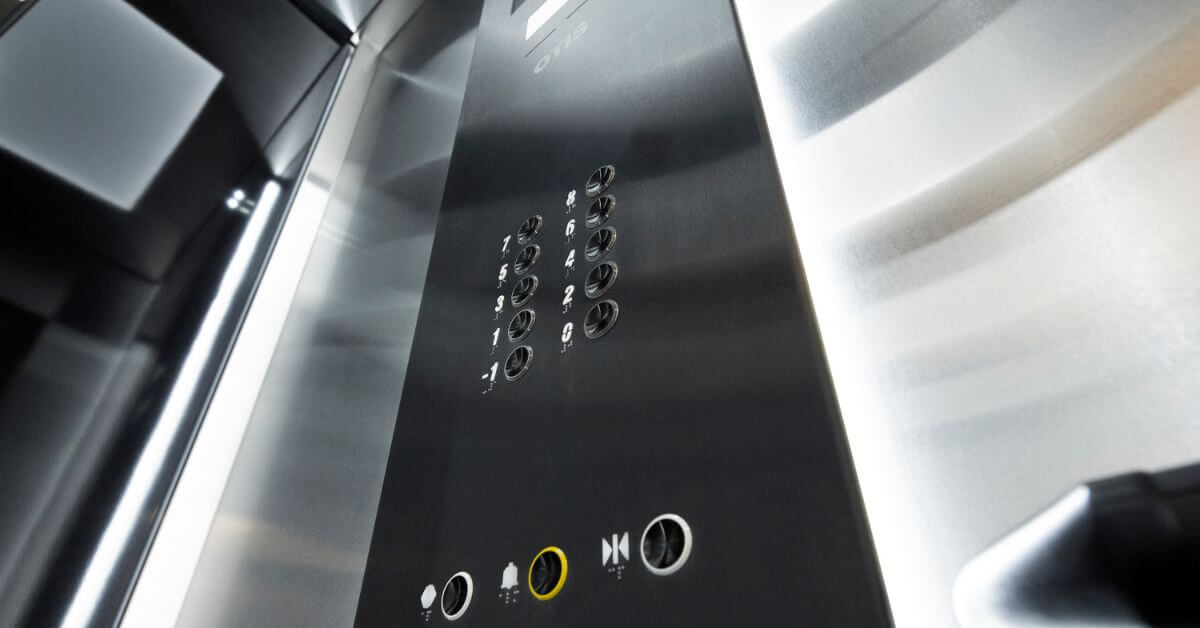London Lift Company: Relied On Specialists for All Your Upright Transport Demands
London Lift Company: Relied On Specialists for All Your Upright Transport Demands
Blog Article
Digging Into the World of Lifts: Common Concerns Faced by Numerous Lift Systems
As we browse via the vertical transport systems of contemporary structures, lifts stand out as an important part of our day-to-day lives. From hydraulic elevators to traction systems and machine-room-less styles, each lift kind comes with its collection of usual issues.
Hydraulic Elevators
Hydraulic elevators, commonly preferred for low-rise buildings, utilize fluid pressure to control the activity of the elevator automobile (lift repair companies). This system entails a hydraulic pump pressing oil right into a cyndrical tube, causing the elevator to move in the desired direction. While hydraulic elevators are known for their peaceful and smooth operation, they do include their very own set of typical problems
One common issue with hydraulic elevators is oil leakage. The seals in the hydraulic system can break in time, causing oil seepage. This not only produces a mess however can also affect the elevator's efficiency if left unaddressed. In addition, concerns with the control system, such as damaged shutoffs or a malfunctioning pump, can trigger interruptions in the elevator's movement.
Normal maintenance and prompt repairs are necessary to guarantee the smooth functioning of hydraulic lifts. By resolving these typical problems proactively, building owners can minimize downtime and make certain the safety and security and effectiveness of their vertical transportation system.
Grip Lifts
When taking into consideration vertical transport systems in buildings, another common type other than hydraulic lifts is the traction lift. Traction lifts operate making use of a system of ropes and weights that move the lift automobile by gripping onto the hoist ropes. This device permits smoother and quicker vertical transport compared to hydraulic systems.
Among the common problems faced by traction lifts is rope wear. The continuous activity of the ropes within the traction system can bring about tear and put on in time, possibly causing the lift to breakdown or end up being unsafe for usage. Normal evaluations and upkeep of the ropes are important to make certain the elevator's appropriate performance and safety.
One more concern that traction elevators might encounter is connected to the control system. Troubles with the control system can lead to problems such as irregular activity, delays in action times, or perhaps complete shutdowns. Routine screening and upkeep of the control system are essential to stop such concerns and ensure the elevator's dependability.
Machine-Room-Less (MRL) Lifts

One of the crucial elements of MRL elevators is the portable gearless traction equipment that is set up within the hoistway. This machine effectively drives the elevator auto without the requirement for bulky tools found in traditional grip elevators. Furthermore, MRL elevators normally use a weight system to balance the cars and truck, more boosting their power performance.
Regardless of their advantages, MRL elevators may deal with obstacles associated to repair and maintenance due to the constrained room for equipment setup. Access for servicing parts within the shaft can be limited, requiring specialized training for service technicians. Correct maintenance schedules and regular assessments are critical to ensure the continued smooth operation of MRL lifts.
Overloading and Weight Limit Issues
Are elevators equipped to deal with excess weight tons effectively and safely? Overwhelming and weight limitation problems are vital issues in elevator operations. Elevator manufacturers design lifts with specific weight capacities to ensure guest safety and security and tools long life. Going beyond these weight limitations can cause different issues, consisting of mechanical failures, hold-ups, and safety and security hazards.
When lifts are overwhelmed, it puts excessive pressure on the electric motor, cables, and various other parts, potentially causing breakdowns or malfunctions. Security systems such as sensors and overload sensing units remain in location to protect against lifts from relocating if they discover excess weight. Additionally, surpassing weight restrictions can bring about raised power consumption and wear and tear on the lift system.
To minimize overloading issues, constructing supervisors ought to prominently present weight restrictions in lifts and enlighten residents on the importance of adhering to these check these guys out restrictions - lift repair companies. Regular maintenance checks by qualified service technicians can also aid make certain that lifts are running within secure weight parameters. By resolving overloading and weight restriction concerns proactively, structure proprietors can boost lift safety and security and performance
Electric System Failings
Going beyond weight restrictions in lifts can not just lead to mechanical problems however likewise potentially contribute to electric system failings within the lift framework. Electrical system failures are a crucial issue in elevator operation, as they can create unforeseen browse this site shutdowns, malfunctions, or also safety and security dangers.
Additionally, power surges or changes in the electrical supply can additionally interrupt the elevator's operation, influencing its efficiency and safety. These electric disruptions can damage sensitive lift elements such as control panels, circuit boards, or sensing units, causing system failures. Regular upkeep and examinations are critical to recognize and attend to prospective electrical problems quickly, ensuring the risk-free and efficient procedure of elevator systems. By sticking to weight limitations and conducting regular electrical system checks, structure owners can mitigate the danger of electric failures in lifts.
Final Thought

Hydraulic elevators, usually chosen for low-rise structures, utilize fluid stress to control the activity of the elevator cars and truck.When considering upright transportation systems in structures, an additional typical kind aside from hydraulic lifts is the traction elevator. Grip elevators operate making use of a system of ropes and counterweights that relocate the lift vehicle by clutching onto the hoist ropes. Unlike conventional lifts that require a separate maker room to house the devices, MRL lifts incorporate most of the elements within the shaft, removing the need for a specialized device space.In verdict, elevators deal with typical issues such as hydraulic malfunctions, traction system failings, and electric system problems.
Report this page